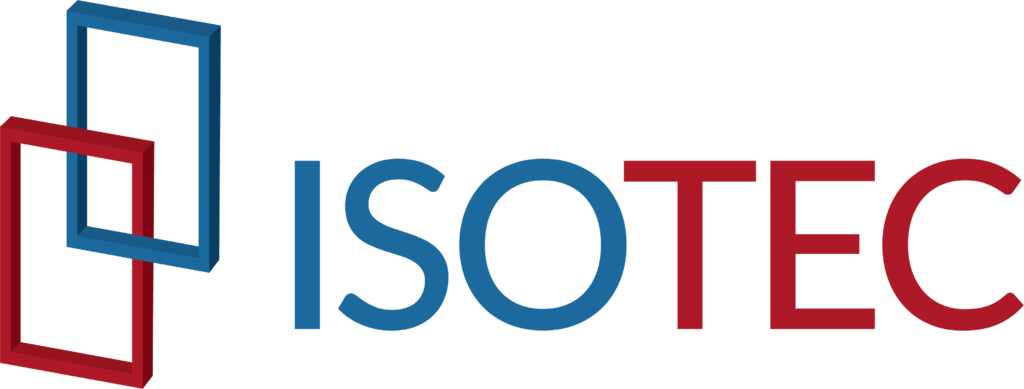What Is Security Posture?
Security posture refers to an organization’s ability to anticipate, respond to, and recover from potential security threats. Using a thermometer as an analogy, this infographic illustrates how different security postures provide varying levels of control and protection. Cooler temperatures provide better deterrence and prevention. Warmer temperatures allow for more flexibility, but they reduce safety.
Soft Posture: Staying “Hot” and Flexible
A soft security approach is best for businesses that value flexibility. These businesses may not deal with constant or serious security threats.
This approach focuses on gathering information. It uses cameras, sensors, and alarms to detect threats. However, it has limited ability to act on that information.
Soft Posture Security Solutions:
- OPENGATE systems for mobile weapons detection
- ROSA and Omnilert for real-time notifications
- Basic alarms and security cameras for visibility
Best For: Low-risk environments where the main goal is awareness rather than active prevention. For instance, it’s suitable for monitoring open public spaces and entryways without restricting access.
Firm Posture: A “Moderate” Defense with For Quick Reactions
Moving from a soft posture, a firm security posture includes some prevention measures. It also keeps a level of flexibility. This approach goes beyond mere detection, providing a layer of deterrence that slows or stalls threats.
For example, passing through these security checkpoints may need some form of access check. This makes it harder for intruders to gain entry. This level also buys time by alerting security personnel, who can then respond accordingly.
Firm Posture Security Solutions:
- Integrated maglocks and card readers for controlled access
- Security personnel for monitoring and response
- Additional entryway security systems for layered protection
Best For: Environments that require more than basic monitoring still value some openness, such as corporate offices and commercial buildings.
Hard Posture: The “Coolest” and Most Secure Option
For maximum security, a hard posture minimizes flexibility in favor of strict prevention. This posture relies on advanced access control systems that deter potential intruders by requiring rigorous security checks before entry. Instead of reacting to threats, a hard posture stops them. It does this by enforcing strict rules and allowing access only to approved individuals.
Hard Posture Security Solutions:
- Advanced systems like IDEAL that lock down high-risk areas
- Safety Entrances/ Mantraps for controlled access
- Security lockdown protocols that prevent unauthorized entry
Best for: High-risk locations such as government buildings, data centers, and other important sites. These places require strong protection against intrusions.
The Importance of Layered Security
No single posture can address every threat, and often the most effective solution is a layered approach. Using different layers of security helps protect important areas. A soft approach at the edges, a firm approach at main entry points, and a hard approach in restricted areas work together. When you do it this way, if one layer gets compromised, the other layers stay safe.
Where Do You Fall?
Understanding your organization’s security posture is a crucial step in building an effective protection strategy. Contact Isotec Security to determine the best posture and solutions for your needs. Isotec offers flexible and responsive systems to protect your people and property. Their tailored solutions strengthen entry points for added safety.
Determining the Right Security Posture
Every organization has different needs. The best security plan depends on the facility’s specific risks, layout, and access needs.
Isotec Security helps organizations assess their security needs. They guide clients in choosing the right mix of solutions. This can include a flexible soft posture or a strong hard posture setup.
Thermometer Infographic Nov 5